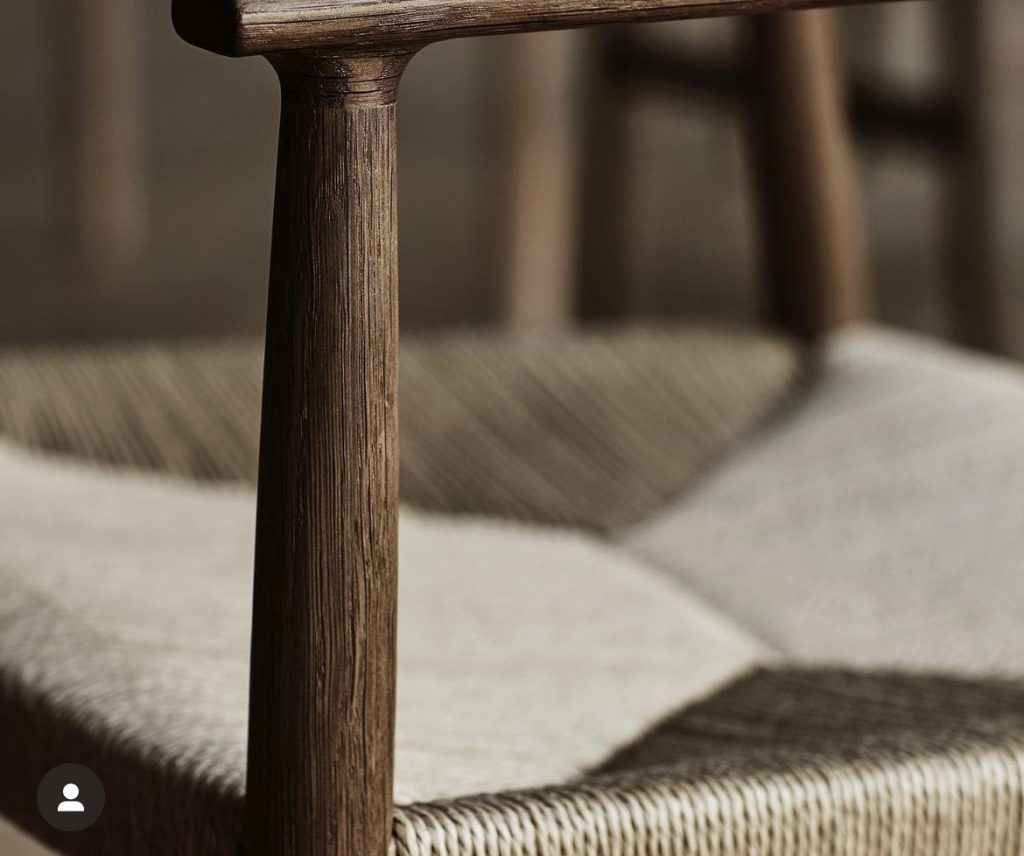Danish Cord history

Origins of Danish Cord Weaving
Danish Cord weaving has its origins rooted in Scandinavian craftsmanship. The use of Danish cord for seat weaving emerged in Denmark, therefore its name. During the second world war, other materials used for seat weaving such as seaweed and rattan became scarce. Danish furniture designers looked for new natural materials. It was in this pursuit that they discovered the potential of Danish Cord – a durable, eco-friendly material made from twisted paper fibres.
The Iconic Danish Modern Era
The 20th century marked a significant period for Danish Cord weaving as it became an integral part of the renowned Danish Modern design movement. Influenced by functionalism and minimalism, Danish designers embraced Danish Cord for its ability to harmonize with clean lines and natural materials. The simplicity and timeless elegance of Danish Cord-woven furniture made it a symbol of Danish design excellence worldwide.
Danish Cord and Mid-Century Furniture Design
In the mid-20th century, Danish Cord-weaving became synonymous with iconic furniture designs created by renowned designers such as Hans Wegner, Niels Moller, and Børge Mogensen. Their innovative use of Danish Cord in iconic chair designs, like the “Wishbone Chair” and the “No 71” further cemented its position as a classic and enduring material in furniture manufacturing.
Revival and Continued Popularity
While the mid-century modern movement waned in popularity during the latter half of the 20th century, the appeal of Danish Cord never faded. The craft experienced a revival in the 21st century, fueled by a growing interest in sustainable and eco-friendly materials. The revival also saw contemporary designers integrating Danish Cord into modern furniture designs, creating a harmonious blend of tradition and innovation.
Cultural Significance of Danish Cord Weaving
Beyond its functional applications, Danish Cord weaving holds cultural significance for the Danish people. It embodies the ethos of hygge – a Danish concept of coziness, comfort, and togetherness. Danish Cord-woven furniture often finds its place in homes, fostering warm and inviting spaces that encourage relaxation and social interaction.
Preserving the Art of Danish Cord Weaving
The traditional art of Danish Cord weaving continues to be cherished and preserved by dedicated craftsmen and artisans. One thing that sets Danish cord weaving apart is that because of its intricacy, it is very difficult to replicate by machines. As such it is still today done by hand. The craft requires skill, patience, and a deep understanding of the material, making each piece a labour of love and artistry. The historical journey of Danish Cord weaving is a testament to the enduring allure of this remarkable craft. From its humble beginnings in Scandinavia to its prominence in mid-century modern design and contemporary appreciation and revival, Danish Cord weaving has evolved into an enduring and cherished tradition. Embracing both functionality and beauty, Danish Cord continues to weave together not only furniture pieces but also the threads of Danish culture and design heritage.
